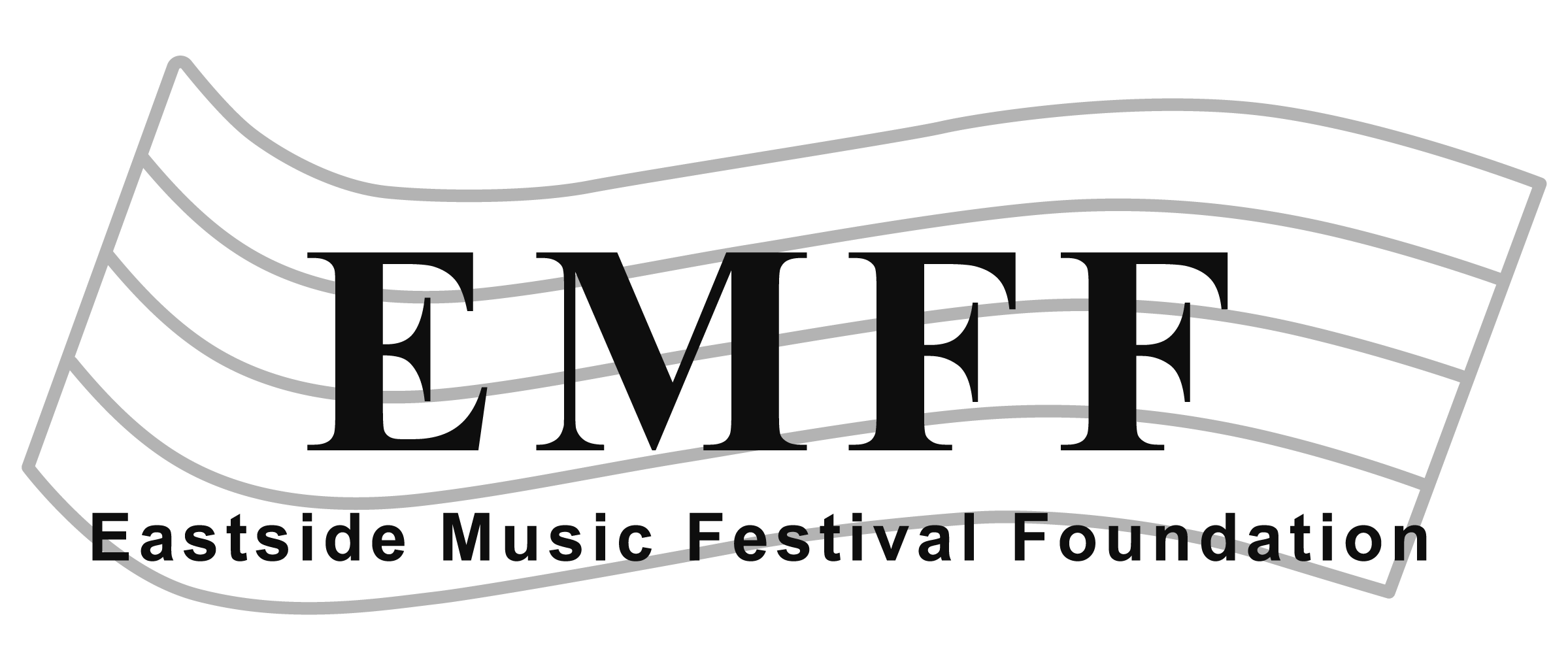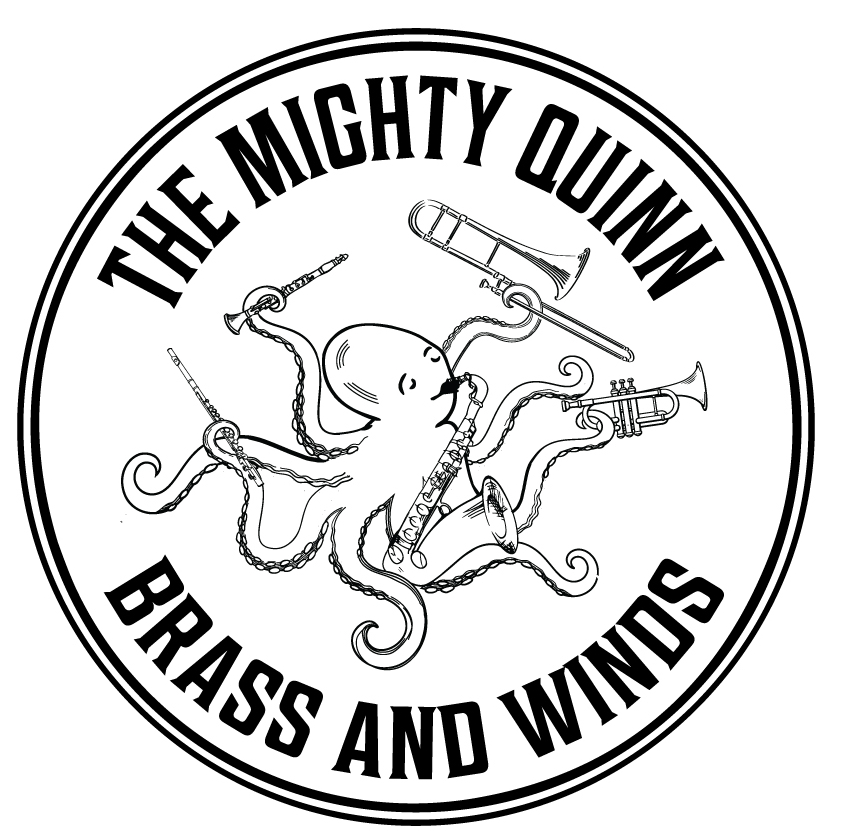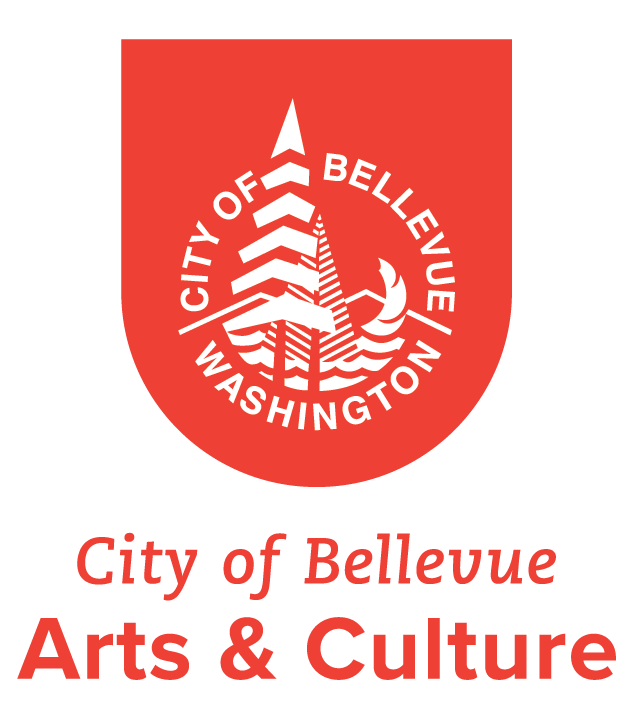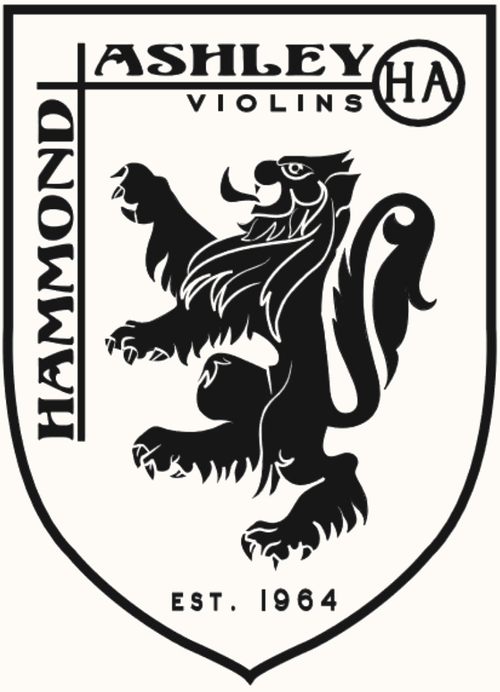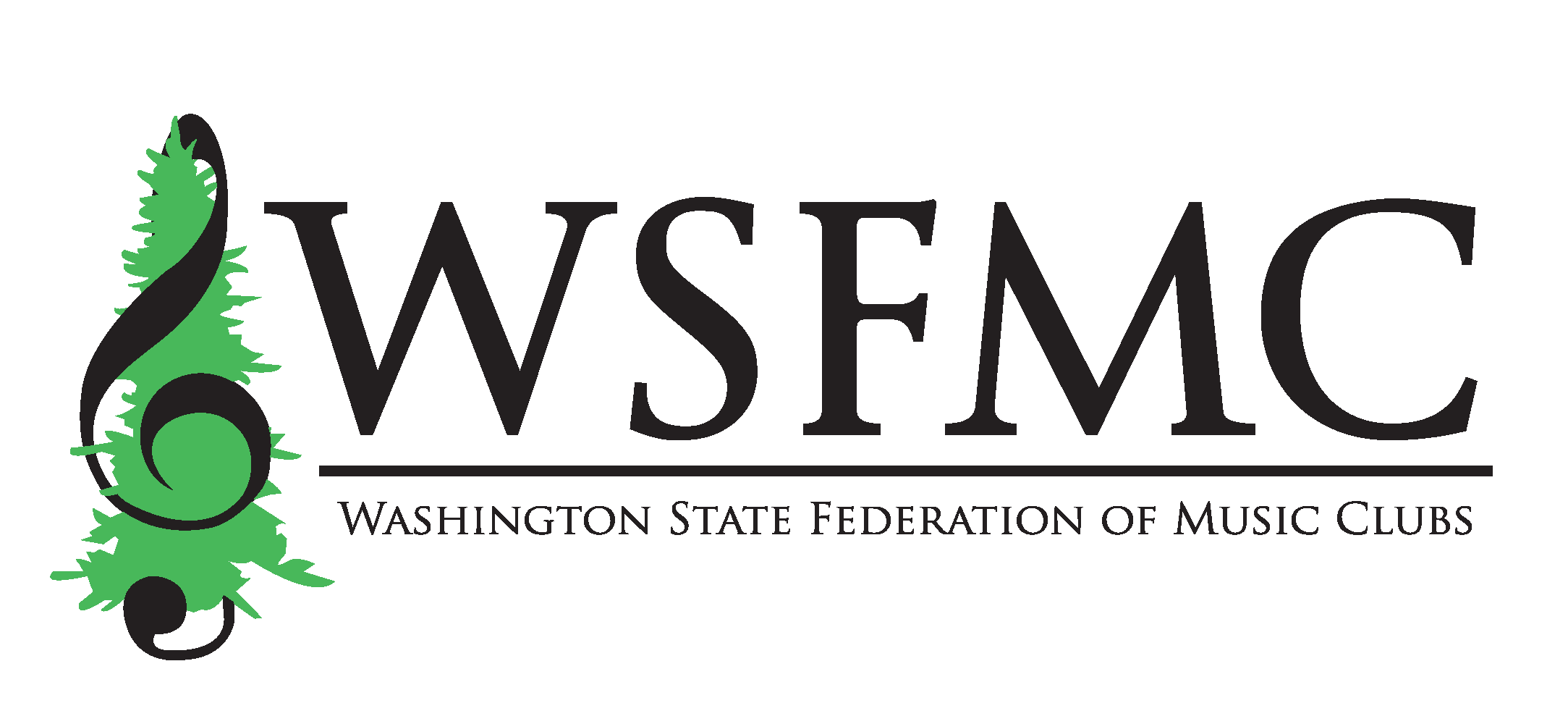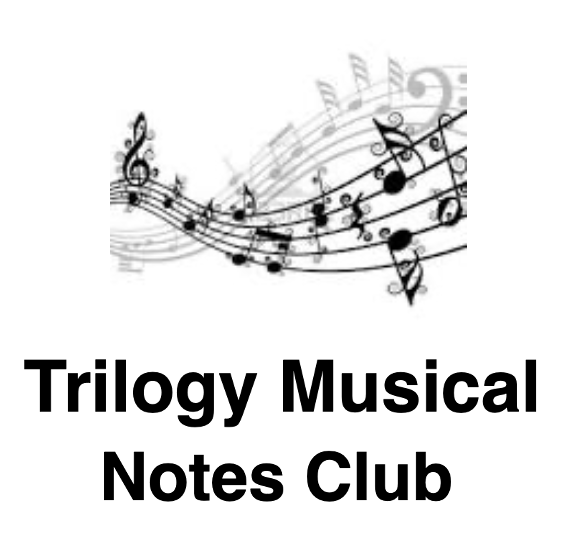by Owen C, age 17
The first note I ever played on my cello was a G, drawn from the string with the forefinger of my left hand. As I had never had any training on the instrument, I naturally had no idea that the left hand was not to be used for pizzicato unless in special circumstances. In the ensuing week, I learned how to hold my cello properly with the help of my teacher. I learned the basics of the instrument; how to draw the bow across the string, how to finger the notes, and how to shift. In a manner of speaking, I knew how to play the cello.
Four years later, I played my first symphony: Beethoven’s 1st symphony. It was my first year with the Bellevue Youth Symphony Orchestra, and I was eager to begin experiencing in a more personal manner the symphonic masterpieces that I had grown up with. I played my part in the piece, listening intently to the other parts of the orchestra in order to understand more fully how the parts fit together to create a symphony out of the noise of nearly fifty instruments. The symphony sounded good. However, while it sounded good, the conductor did not seem to think that it sounded good enough. With his hands, he shaped the phrases and dynamics of the piece, molding it into the early romantic masterpiece that it was. This was what set me on the right path to discover the more expressive side of music.
I took home the conductor’s words about dynamics and phrasing, and pondered them while I practiced. I experimented with dynamics, exaggerating them and trying out my own dynamics. My playing became more expressive, and everyone saw the difference. Ironically, I was one of the last to notice the leap that my playing had taken.
Although I can say that my independent practice furthered my abilities, I would be lying if I claimed full responsibility for my improvements. I had been looking for a cello teacher when I began BYSO, and at the first cello sectional I met the coach—and my future teacher. After enquiring about lessons, I started studying with him. This improved the technical aspect of my playing where the ensemble playing improved the feeling behind my playing. If I had not joined BYSO, I know that I would not have same teacher that I have now.
While playing in a symphony is a positive experience, it is not always an easy one. I found that I had to practice much more because of all the new material. I was sometimes disappointed by my chair placement. If I ever hoped to advance my chair placement, I knew that I had to practice more, but this seemed so hard to do because I still had to go to school, go to track practice and rugby practice, and do my homework. I eventually realized that I had to streamline my work and practice. And unlike what many people might think, this realization did not come as a single moment of clarity; rather, I started practicing and working more efficiently without even noticing. However, I did notice at the next seating audition when my chair placement improved dramatically. The extra responsibility of practicing for the orchestra had forced me to adapt and become a better student.
As I spent more years with BYSO, I learned to listen to music in a new way and developed a deeper relationship with it. I learned how expressive and free it could be within the rigid constraints of time signature and key. Instead of being a chore, practicing my cello became a liberating experience. Through the music I was playing, I could express myself in a more abstract and satisfying way than using words. In a way, BYSO gave me the tools I needed to truly enjoy music. And whereas before I knew how to finger notes, shift, and play rhythms, this experience gave me what I really needed to learn how to play cello: understanding and connection to the music.






